California, Jan 19, (V7N) - California is experiencing an alarming rise in the frequency and intensity of wildfires. Each year, the state averages over 7,500 wildfires, and homeowners are increasingly keeping helmets and fire hoses on hand. However, the recent fires in Los Angeles have highlighted a disturbing trend: wildfires are now reaching suburbs and cities with greater frequency and ferocity, experts say.
"We really are dealing with a new wildfire paradigm," said Faith Kearns, a water and wildfire expert from the Global Futures Laboratory at Arizona State University. Traditionally, wildfires were considered an issue for rural areas, but in recent years, fires have spread into neighborhoods, creating a much more difficult and dangerous situation to handle.
According to the California Department of Forestry and Fire Protection, the annual average number of acres burned in wildfires has doubled since 2014. Six of the top ten fires for the number of structures burned have occurred since 2017, and three are among the top five deadliest fires in California history. The fires in Los Angeles, including the Palisades and Eaton fires, have already burned more than 37,000 acres. These fires have caused at least 27 deaths and destroyed over 10,600 structures.
The increased intensity of these fires is being driven by a combination of climate change and human activities. Jennifer Marlon, a senior research scientist at the Yale School of Environment, pointed out that these wildfires are not "natural disasters" like earthquakes, but are worsening due to human-caused climate change, particularly from the burning of fossil fuels.
The impact of these fires is made worse by the growing number of people living in areas once considered rural. This development increases both the risk to life and the cost of damages when a fire occurs. "The fires are getting bigger and more destructive because more people are living in areas where fires are likely to happen," explained Stephen Strader, a geographer at Villanova University.
The catastrophic fires that struck Los Angeles on January 7, 2025, resulted from an especially deadly mix of dry conditions, extreme Santa Ana winds, and unusually high temperatures. Kristan Lund, a National Weather Service meteorologist, said that winds gusting up to 100 mph spread the flames rapidly across the region. The dry conditions, combined with plant growth from two wet years, provided ample fuel for the fire, which reached the Pacific Ocean in some areas.
One of the most difficult challenges in fighting these fires is that homes and landscaping, which are not typically considered a fire threat, are burning and spreading flames more quickly. "Once the fire gets into those areas, it becomes very, very difficult to fight," said Glen MacDonald, a geography professor at UCLA.
Another obstacle is the limited resources available for firefighting. Fire departments, which are generally equipped to fight small, localized fires, are not prepared to handle wildfires that spread quickly through dense neighborhoods. "For one house fire, a department may send five trucks. For 1,000 structures, you need far more trucks, and there aren't enough in the entire state," said Char Miller, a professor at Pomona College.
While climate change plays a significant role in the growing danger of wildfires, experts agree that even without it, California would still be facing a wildfire problem due to the state's natural vegetation and geography. "The conditions in California were always prone to wildfires, but now, those fires are much larger and harder to control," said Heather Alexander, a forest ecology professor at Auburn University.
Another factor contributing to the severity of these fires is the suppression of smaller, controlled fires. For centuries, Indigenous peoples used fire to manage land and prevent larger wildfires. This practice was abandoned in the 20th century, but experts are now calling for a return to "prescribed burning," which can help reduce the fuel available for future wildfires. "Controlled burns can prevent the buildup of dry vegetation that feeds wildfires," said Alexander.
The growing number of fires and their impact on suburban areas have made it clear that the state needs to reassess its approach to fire prevention and firefighting. The question of who is responsible for ensuring that there is enough water pressure for firefighting, and how homes can be rebuilt in ways that make them more fire-resistant, will become increasingly important. "This is a complex issue that will require careful planning and cooperation among local, state, and federal authorities," said Kearns.
Experts agree that the reality of worsening wildfires is not going away, and it is crucial to learn from each fire. “This isn’t a one-and-done situation,” said Tamara Wall, a research professor at the Desert Research Institute. “We need to review what went wrong, what went right, and what we can do better next time." Unfortunately, with climate change continuing to worsen, there is likely to be a "next time."
As California faces more frequent and intense wildfires, the state must rethink how it prepares for, fights, and recovers from these disasters. The need for coordinated planning, better fire-resistant construction, and a reevaluation of development practices in fire-prone areas has never been more urgent.
END/SMA/NYC/AJ/



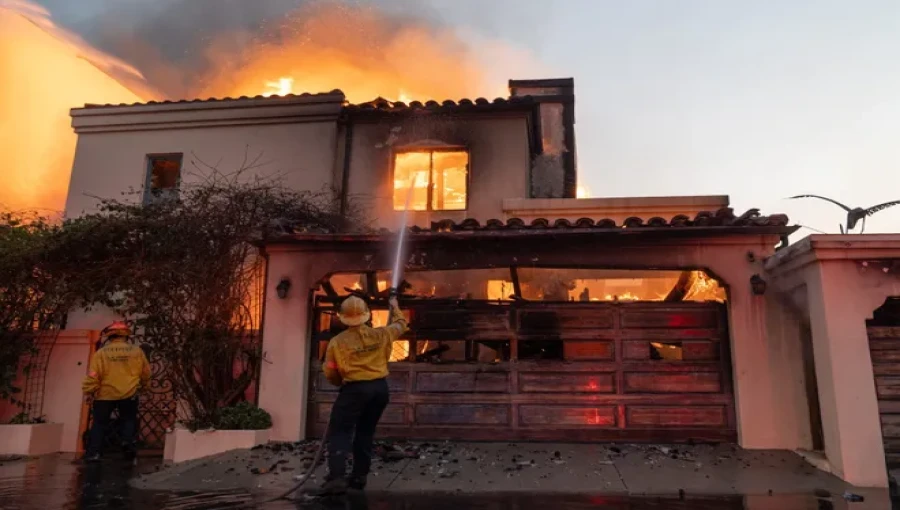




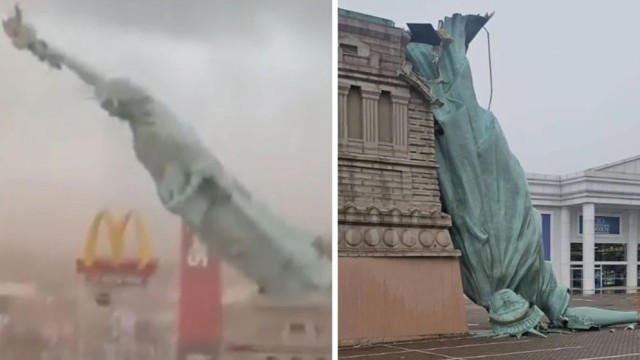

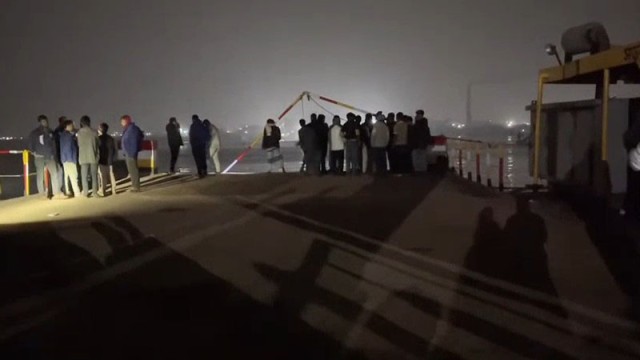
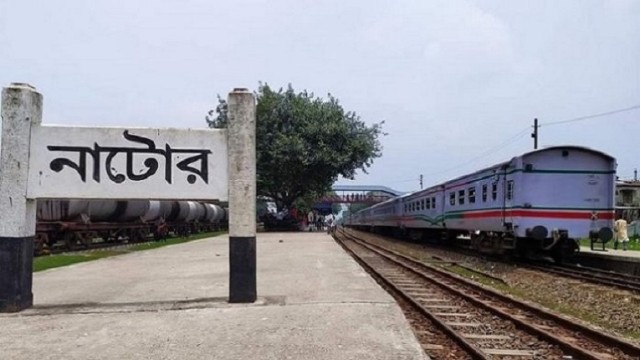



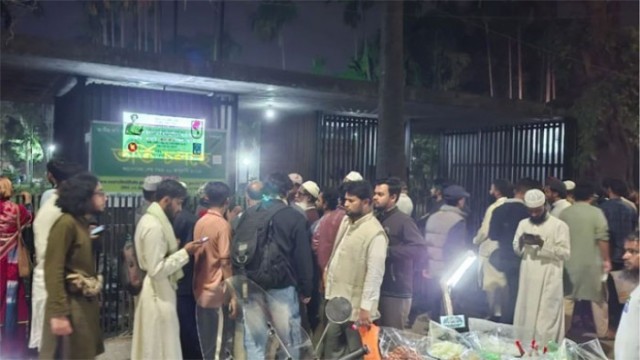
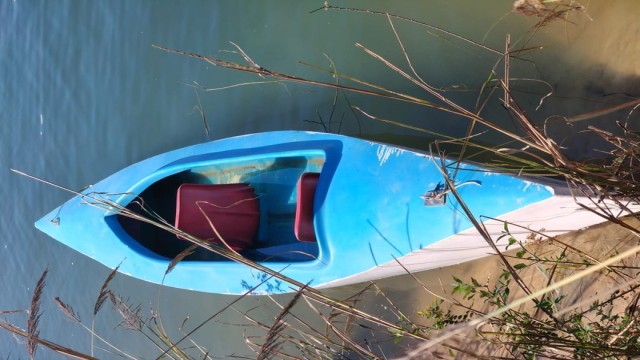

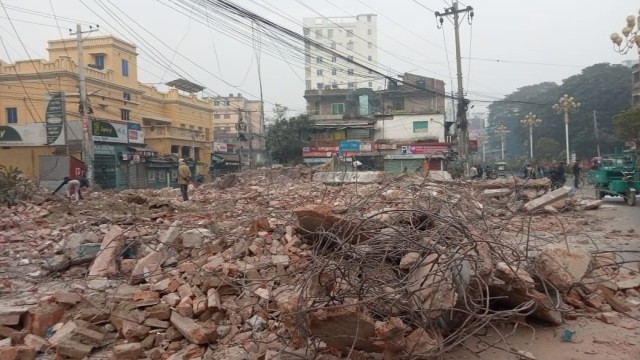
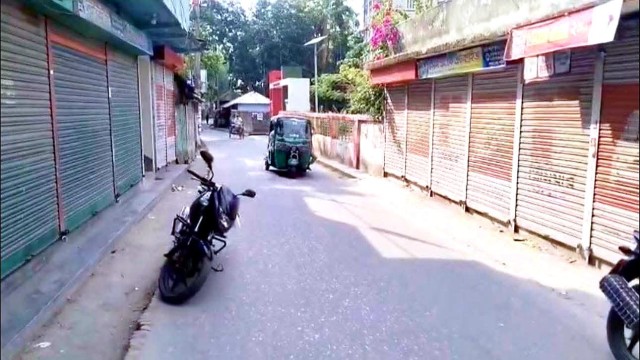

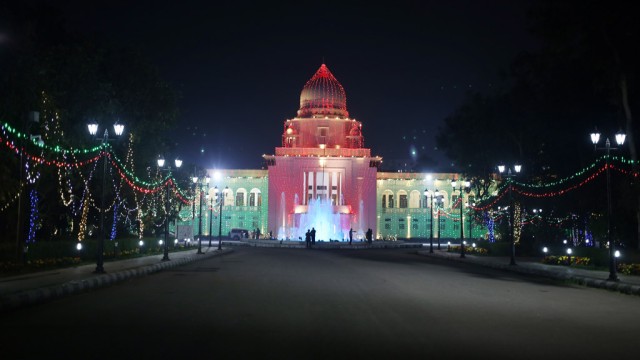









Comment: